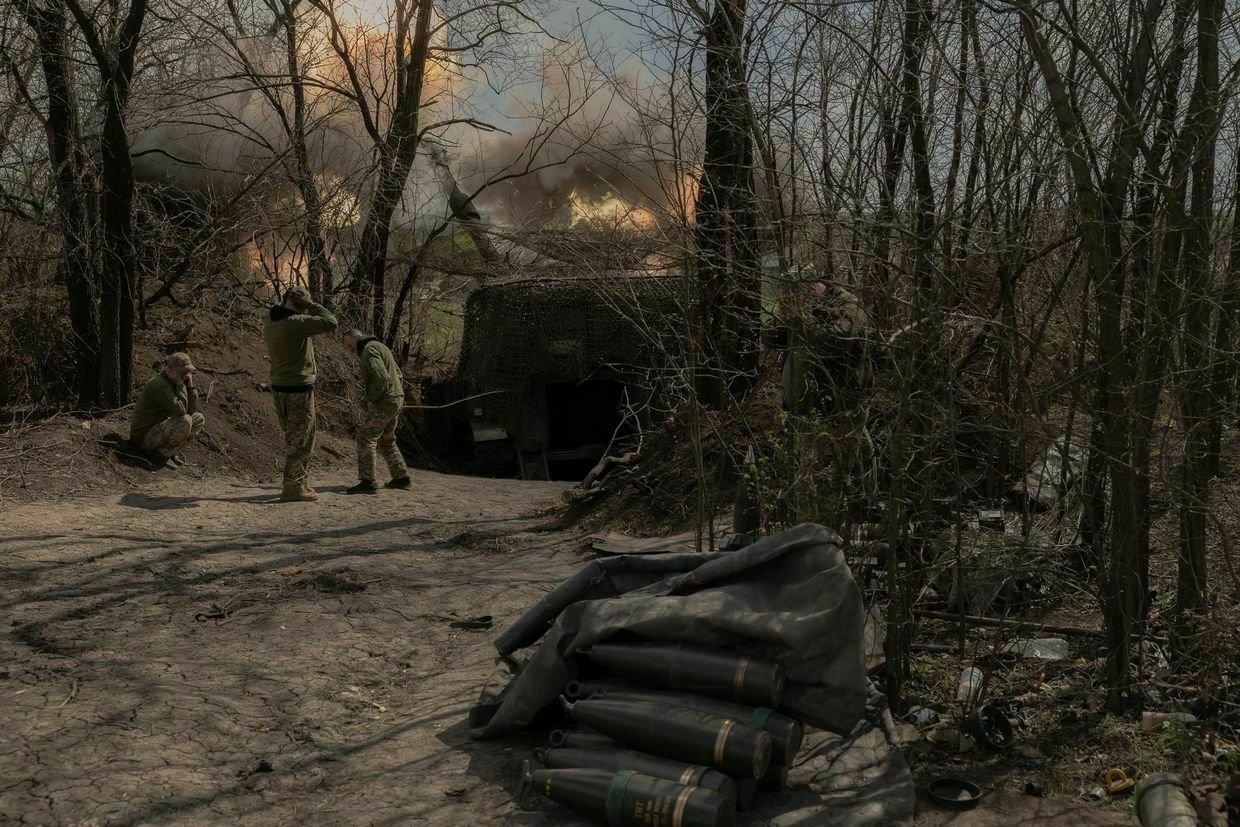
Key developments on May 8:
- Over 100 clashes reported on the front line since Russia’s Victory Day ceasefire began
- Ukraine’s parliament ratifies minerals deal between Washington, Kyiv
- Russia has damaged, destroyed over 2,300 medical infrastructure facilities since beginning of full-scale invasion, health ministry says
- Russia’s ballistic missiles make April deadliest month for Ukrainian civilians since last fall, UN reports
- Majority of Ukrainians unwilling to trade territory or Western path for peace, poll shows
Ukrainian forces faced 117 combat clashes across the front line on the first day of Russia’s self-declared Victory Day “humanitarian ceasefire,” the General Staff of Ukraine’s Armed Forces reported on May 8.
Despite the Kremlin’s announcement of a May 8–11 truce, heavy fighting continued in multiple regions throughout the day. The General Staff said that most battles occurred in Donetsk Oblast, where Russian troops launched 41 assaults on the Pokrovsk front alone.
Pokrovsk, located about 70 kilometers northwest of occupied Donetsk, remains one of the most fiercely contested sectors of the front, where Russia has concentrated its main offensive efforts since March.
Clashes also took place near Chasiv Yar, Kupiansk, and Lyman in Donetsk Oblast, while Russian troops continued attacks around Siversk, Torske, and in Kharkiv Oblast. Border settlements in Sumy Oblast suffered from shelling and guided bomb strikes.
Meanwhile, Ukrainian regional authorities reported at least seven civilian deaths and 31 injuries over the past 24 hours across Ukraine. Some of the attacks took place after the start of Moscow’s unilaterally declared truce. Russian strikes targeted homes, vehicles, and public spaces in Sumy, Kharkiv, Donetsk, Kherson, and Zaporizhzhia oblasts.
The Victory Day truce is the latest in a series of ceasefire initiatives announced by Moscow, all of which Russia has violated.
Earlier this month, Russia declared a ceasefire over the Easter holiday, though President Volodymyr Zelensky accused Moscow of nearly 3,000 violations between April 19 and April 21. Ukraine has also said that Russian forces repeatedly breached a partial truce on attacks against energy facilities brokered by the U.S. on March 25.
Russia has repeatedly proclaimed its supposed readiness for peace talks while simultaneously pushing for maximalist demands. Kyiv has dismissed these declarations as a propaganda stunt, noting that Russian forces have only intensified their attacks on Ukrainian cities and towns.
 The Kyiv IndependentChris York
The Kyiv IndependentChris York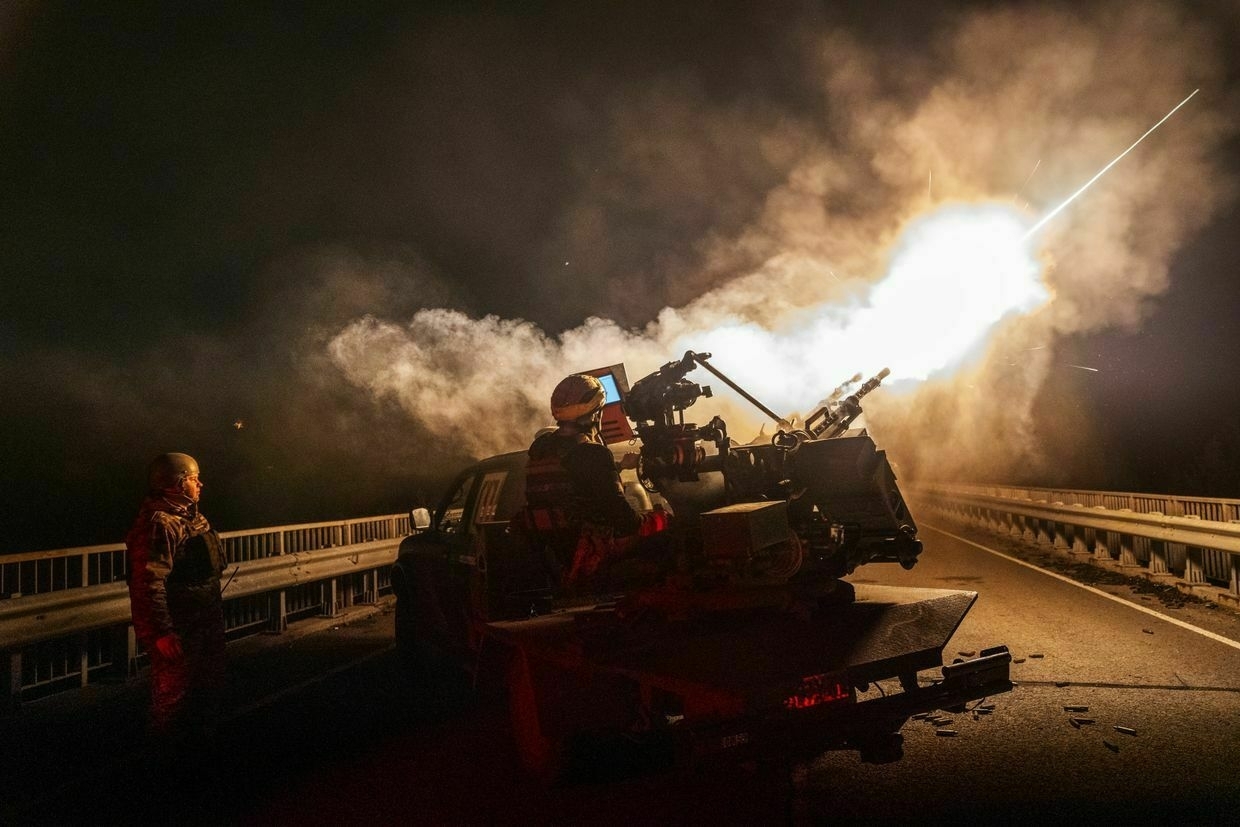
Ukraine’s parliament ratifies minerals deal between Washington, Kyiv
The Verkhovna Rada, Ukraine’s parliament, ratified the U.S.-Ukraine minerals deal on May 8, lawmaker Yaroslav Zhelezniak said.
The document was supported by 338 MPs.
The agreement, signed on April 30, establishes a joint investment fund between Kyiv and Washington and grants the U.S. special access to projects developing Ukraine’s natural resources.
Ukrainian President Volodymyr Zelensky welcomed the ratification of what he described as the most promising economic agreement between Ukraine and the U.S. to date. “This is joint investment cooperation with the U.S. for decades to come,” Zelensky said.
“I expect the ratification law to be submitted from the Verkhovna Rada to my Office soon. Once the legal procedures are complete, we will be able to begin establishing the Fund,” he wrote on X.
Following the signing of the agreement between Kyiv and Washington, the parties did not disclose details on how the Reconstruction Investment Fund will work, except that it will be managed in an equal partnership, with both sides contributing.
Earlier, Prime Minister Denys Shmyhal said that future military aid from the U.S. could count as contributions to the fund, but previous assistance is not included.
 The Kyiv IndependentNatalia Yermak
The Kyiv IndependentNatalia Yermak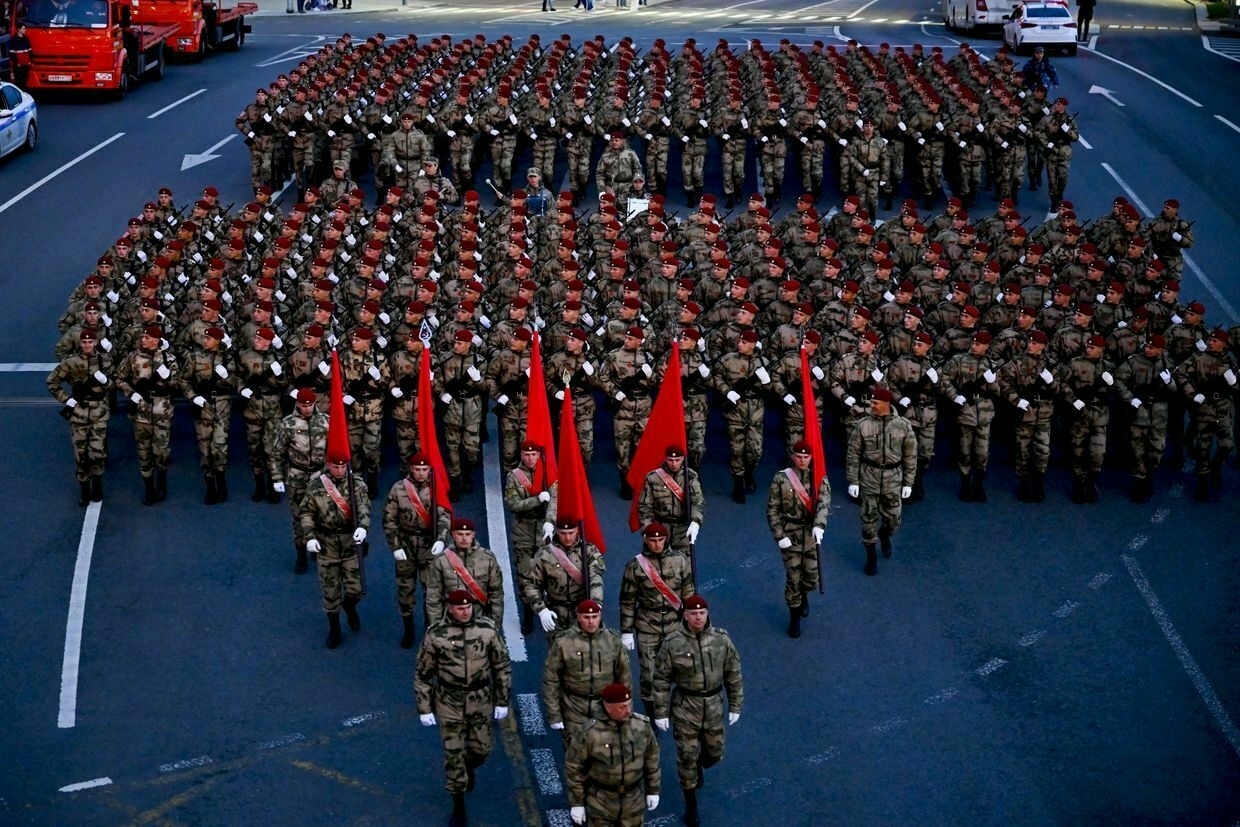
Russia has damaged, destroyed over 2,300 medical infrastructure facilities since beginning of full-scale invasion, health ministry says
Russian forces have damaged or destroyed more than 2,300 medical infrastructure facilities since the start of the full-scale invasion, the Health Ministry said on May 7.
Some 2020 medical facilities were partially damaged, while another 305 were completely destroyed, the ministry’s statement read. Medical facilities in Kharkiv, Donetsk, Mykolaiv, Kyiv, Chernihiv, Dnipropetrovsk, Kherson, and Zaporizhzhia oblasts were most affected.
Throughout the all-out war, one of the most destructive Russian attacks on medical facilities in terms of casualties was on the Ohmatdyt children’s hospital in Kyiv.
Russian forces hit Ukraine’s largest children’s medical center on July 8, killing two adults and injuring at least 34 people, including nine children. Footage showed that the building suffered a direct hit by a Russian missile rather than being damaged by fallen debris.
The missile, fired from a plane of the 22nd Guards Heavy Bomber Aviation Division, kept maneuvering and changing its flight path, indicating an intention to bypass Ukrainian air defenses and hit the medical facility, according to Ukraine’s Security Service (SBU).
Apart from hospitals, outpatient clinics, and maternity hospitals, Russian troops regularly attack ambulances. Since the beginning of the full-scale invasion, 116 ambulances have been damaged, 274 destroyed, and 80 seized.
Ukraine and its international partners have managed to fully rebuild 700 medical facilities and partially restore 312, including critical hospitals and primary health care centers in the frontline regions.
 The Kyiv IndependentKateryna Hodunova
The Kyiv IndependentKateryna Hodunova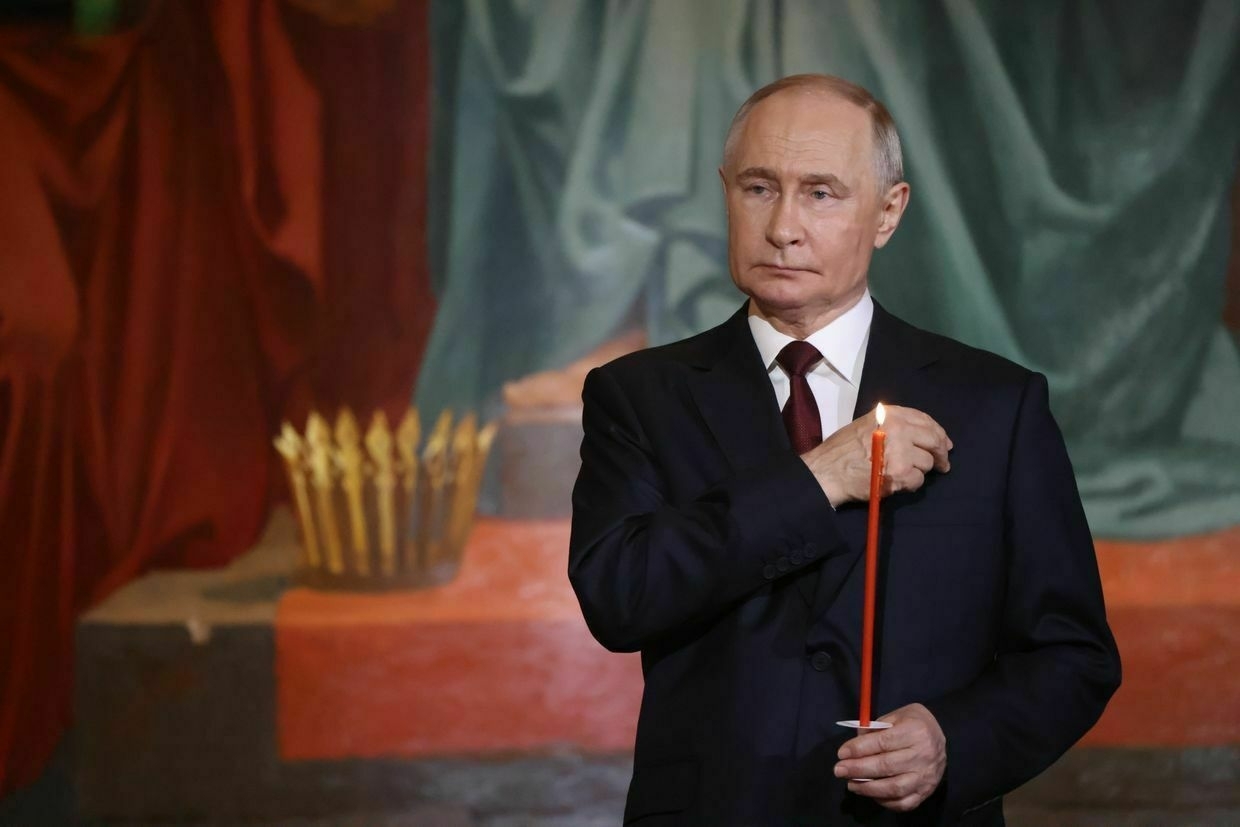
Russia’s ballistic missiles make April deadliest month for Ukrainian civilians since last fall, UN reports
Russia killed 209 and injured 1,146 civilians during April, making it the deadliest month and the one with the highest number of injured since September 2024, the U.N. Human Rights Monitoring Mission in Ukraine (HRMMU) reported on May 8.
At least 19 children were killed and 78 injured in April, the highest verified monthly number of child casualties since June 2022.
“One of the main reasons for the sharp rise in civilian casualties was the intensified use of ballistic missiles in major cities across the country,” Danielle Bell, head of HRMMU, said in a statement accompanying the report.
The high number of civilian casualties in April reflects a broader trend of increased harm to civilians in 2025 compared to 2024. Between January and April 2025, 664 civilians were killed and 3,425 injured, a 59% increase compared to the same period in 2024, the report read.
In April, 97% of civilian casualties were recorded in Ukraine-controlled territory. Almost half of all cases were caused by Russian missile attacks or shelling. Kryvyi Rih, Sumy, Dnipro, Zaporizhzhia, Kyiv, and Kharkiv suffered the most damage over the past month.
Attacks using short-range drones near the contact line accounted for 23% of civilian casualties during the month. Meanwhile, in early May, the trend of targeting large Ukrainian cities with loitering munitions also continued, according to the report.
 The Kyiv IndependentLiliane Bivings
The Kyiv IndependentLiliane Bivings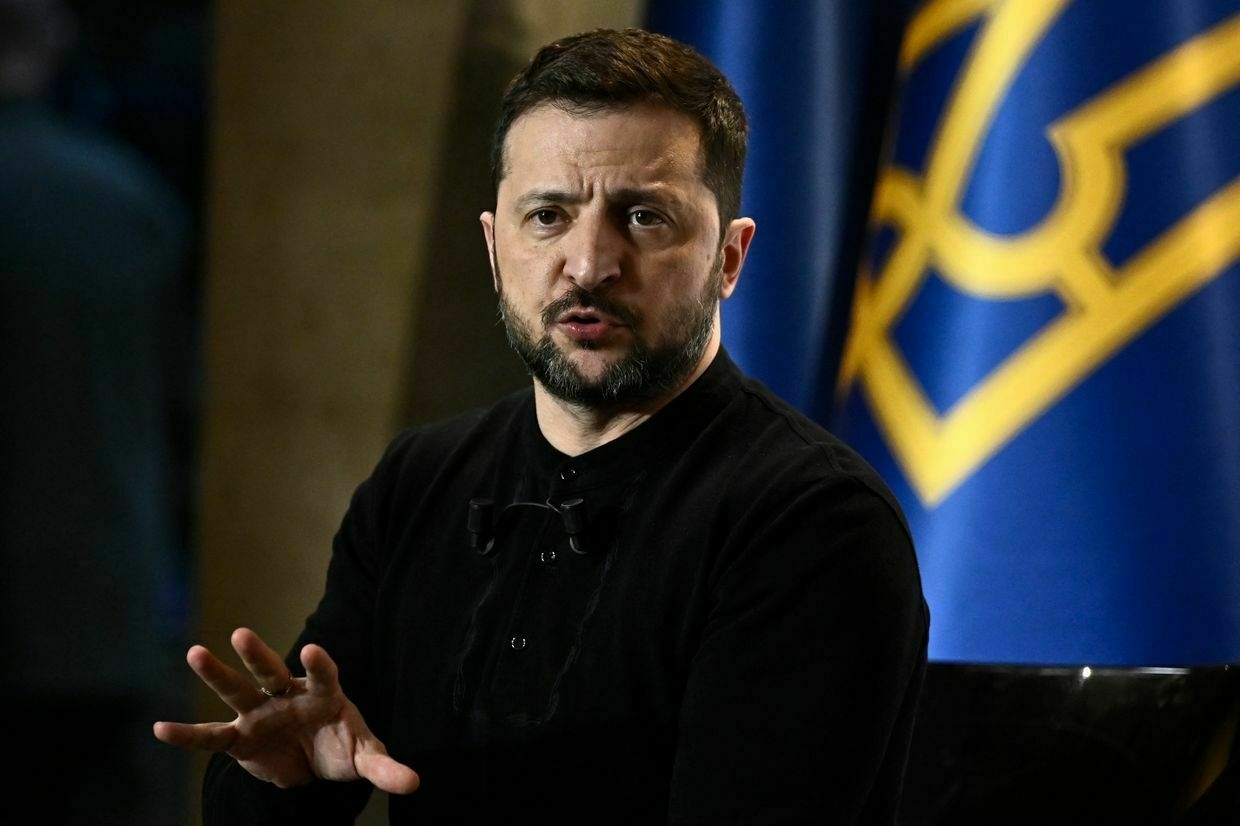
Majority of Ukrainians unwilling to trade territory or Western path for peace, poll shows
The majority of Ukrainians say they are not ready to give up any territory or abandon the country’s Western course in negotiations with Russia, according to a new nationwide poll published on May 8 by the Razumkov Center, a Kyiv-based public policy think tank.
The survey, conducted between April 24 and May 4 in partnership with the Kyiv Security Forum, shows that 56.9% of respondents would not be willing to compromise on either territorial integrity or Ukraine’s pro-Western direction in any potential talks with Moscow.
Only 11.1% said they would consider ceding territory, while 14.7% would be open to changing Ukraine’s geopolitical course.
About two-thirds (66.5%) of Ukrainians believe Russia would violate any peace agreement and resume its attacks when convenient, the poll showed. Just 10.8% said they thought both sides would likely adhere to a signed peace deal.
Skepticism also prevails when it comes to specific concessions. Over half of respondents (52.3%) said Ukraine should not agree to abandon its NATO aspirations, even if it were a condition of a peace treaty. Some 81% opposed reducing the size of the country’s armed forces.
Some 60.6% of Ukrainians believe a military victory over Russia is possible. At the same time, 54.1% said they do not believe a peace agreement can be reached in the near future.
Support for Ukraine’s integration with the West also remains strong. More than half (57.2%) favor the European model of development, compared to just 0.7% who prefer a Russian-leaning model.
Note from the author:
Ukraine War Latest is put together by the Kyiv Independent news desk team, who keep you informed 24 hours a day, seven days a week. If you value our work and want to ensure we have the resources to continue, join the Kyiv Independent community.
